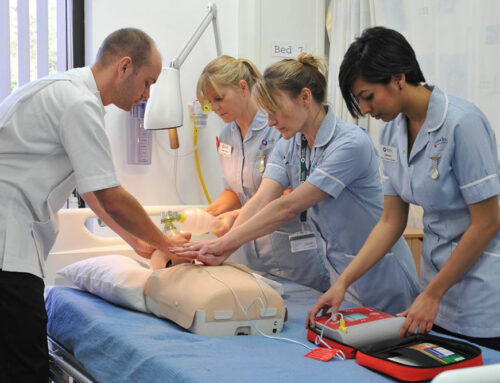Digital professionalism comprises the competencies and values expected of professionals when communicating online. This article discusses the risks and benefits of social media use for nurses. This is a Journal Club article and comes with a handout that you can download and distribute for a journal club discussion.
The NT Journal Club offers an opportunity to reflect on practice, share insights and ideas in a relaxed and sociable setting, and gain participatory CPD hours towards revalidation. Click here to find out about the NT Journal Club and for more journal club articles to discuss.
Abstract
There are many benefits of using social media, including for nurses and student nurses, but caution must be exerted when doing so because there are many challenges that could conflict with professional guidance. This article is the fifth part in a series on professionalism; it identifies what social media and e-professionalism are and discusses the risks and benefits for nurses of using social media.
Citation: Smart A et al (2022) Professionalism in nursing 5: social media and e-professionalism. Nursing Times [online]; 118: 8.
Authors: Alison Smart is lecturer in education; Rachel Small is teaching assistant; Gary Mitchell is senior lecturer; Johanna McMullan is senior lecturer in education; Laura Creighton is lecturer in education; all at Queen’s University Belfast.
- This article has been double-blind peer reviewed
- Scroll down to read the article or download a print-friendly PDF here (if the PDF fails to fully download please try again using a different browser)
- Download the Nursing Times Journal Club handout here to distribute with the article before your journal club meeting
- Click here to see other articles in this series
Introduction
This article – the fifth in a series on professionalism in nursing – discusses social media use and e-professionalism in nursing. The definition of social media is broad and constantly evolving. The term refers to internet-based tools that, in real time, allow individuals and communities to:
- Gather;
- Communicate;
- Share ideas, personal messages, information, images and other content (Carr and Hayes, 2015).
A range of social media platforms exist, including WhatsApp, Facebook, Twitter, Instagram, Snapchat, TikTok, LinkedIn, Google+, YouTube and other platforms that are country-specific. The term e-professionalism refers to digital professionalism and comprises the competencies and values expected of professionals when engaged in online communication (McGrath et al, 2019).
Read the full article at nursingtimes.net.


